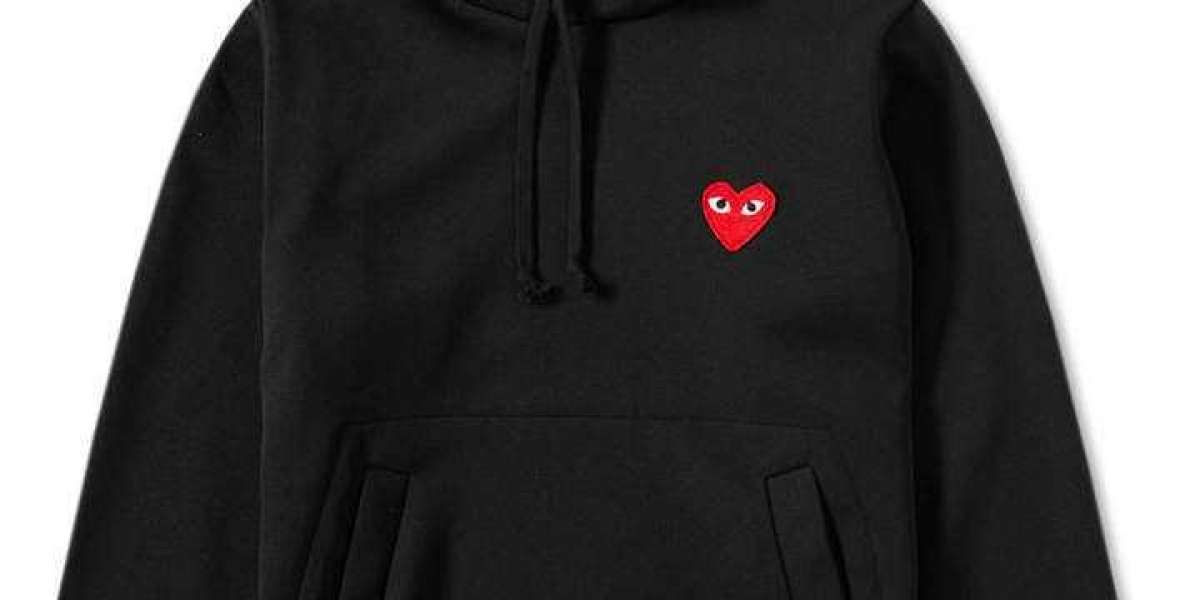Comme des Garçons, founded by the avant-garde Japanese designer Rei Kawakubo in 1969, is more than just a fashion label—it's a disruptive force that has continuously challenged the norms of the fashion industry. Derived from the French phrase "like boys," the brand's name encapsulates its core ethos of defying gender norms and expectations. Over the decades, Comme des Garçons has become synonymous with deconstruction, innovation, and a fearless approach to design.
Origins and Philosophy
Rei Kawakubo, originally trained in fine arts and literature, entered the fashion world with little formal training in design. This unconventional background allowed her to approach fashion without the constraints of traditional rules. Her early collections, characterized by oversized silhouettes, asymmetry, and the use of black, starkly contrasted with the prevailing trends of the time. In the 1980s, when bright colors and body-hugging silhouettes were in vogue, Kawakubo introduced a line of clothing that appeared "unfinished" or "imperfect," often featuring raw edges, holes, and distressed fabrics.
Kawakubo’s philosophy extends beyond just aesthetics. She often emphasizes the importance of creating something new rather than adhering to established conventions. Her designs question the very nature of fashion, blurring the lines between art and clothing. This approach has earned her a cult following and solidified Comme des Garçons as a brand that prioritizes creativity and concept over commercial appeal.
The Impact on Fashion
Comme des Garçons made its international debut in Paris in 1981, where it quickly garnered attention for its radical departure from traditional fashion. Critics initially met Kawakubo's designs with skepticism, describing them as "anti-fashion" and "post-apocalyptic." However, it wasn't long before her work was recognized as groundbreaking. The brand's use of unconventional materials, such as synthetic leather, and its rejection of traditional tailoring, challenged the fashion world's status quo.
One of the most iconic moments in the brand's history was the 1997 "Body Meets Dress, Dress Meets Body" collection, often referred to as the "lumps and bumps" collection. This series of garments featured padded, distorted shapes that altered the human form, creating exaggerated silhouettes. The collection was both celebrated and criticized, but it undeniably pushed the boundaries of what fashion could be. It forced the industry and consumers alike to reconsider the relationship between clothing and the body.
Beyond Clothing: A Cultural Influence
Comme des Garçons' influence extends beyond fashion. The brand's impact can be seen in various aspects of culture, from art and music to architecture and retail. Kawakubo has collaborated with a wide range of artists and designers, including Junya Watanabe and Takashi Murakami. The brand's Dover Street Market, a concept store that blends fashion, art, and retail, has become a hub for creative experimentation and collaboration.
In addition to its main line, Comme des Garçons has expanded into various sub-labels, each with its own distinct identity. Comme des Garçons Homme, Comme des Garçons Play, and Comme des Garçons Noir are just a few examples of the brand's diverse range. Despite these expansions, the brand has remained true to its core values of innovation and non-conformity.
Legacy and Future
Rei Kawakubo's influence on fashion is immeasurable. She has paved the way for future generations of designers who seek to challenge the status quo and prioritize creativity over commercial success. Even as she continues to push the boundaries of fashion, Kawakubo remains humble and reclusive, rarely giving interviews or making public appearances.
Comme des Garçons' legacy is not just about clothing; it's about a mindset. It's a reminder that fashion can be more than just something to wear—it can be a form of expression, a statement, and a reflection of the times we live in. As the fashion industry continues to evolve, Comme des Garçons remains a beacon of creativity, inspiring designers and fashion enthusiasts around the world to think differently.
In conclusion, Comme des Garçons is not just a brand; it's a movement that challenges the norms of fashion and culture. Through Rei Kawakubo's visionary approach, the brand has left an indelible mark on the industry, proving that true innovation comes from breaking the rules and daring to be different.




